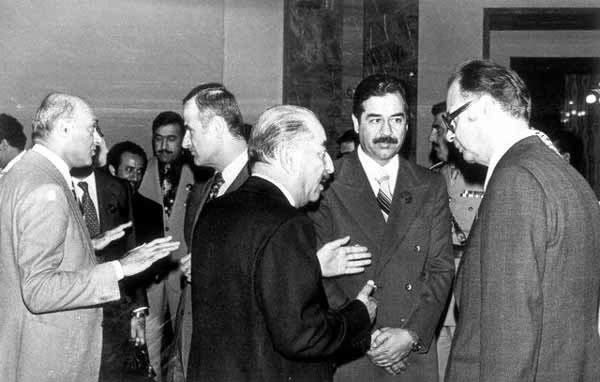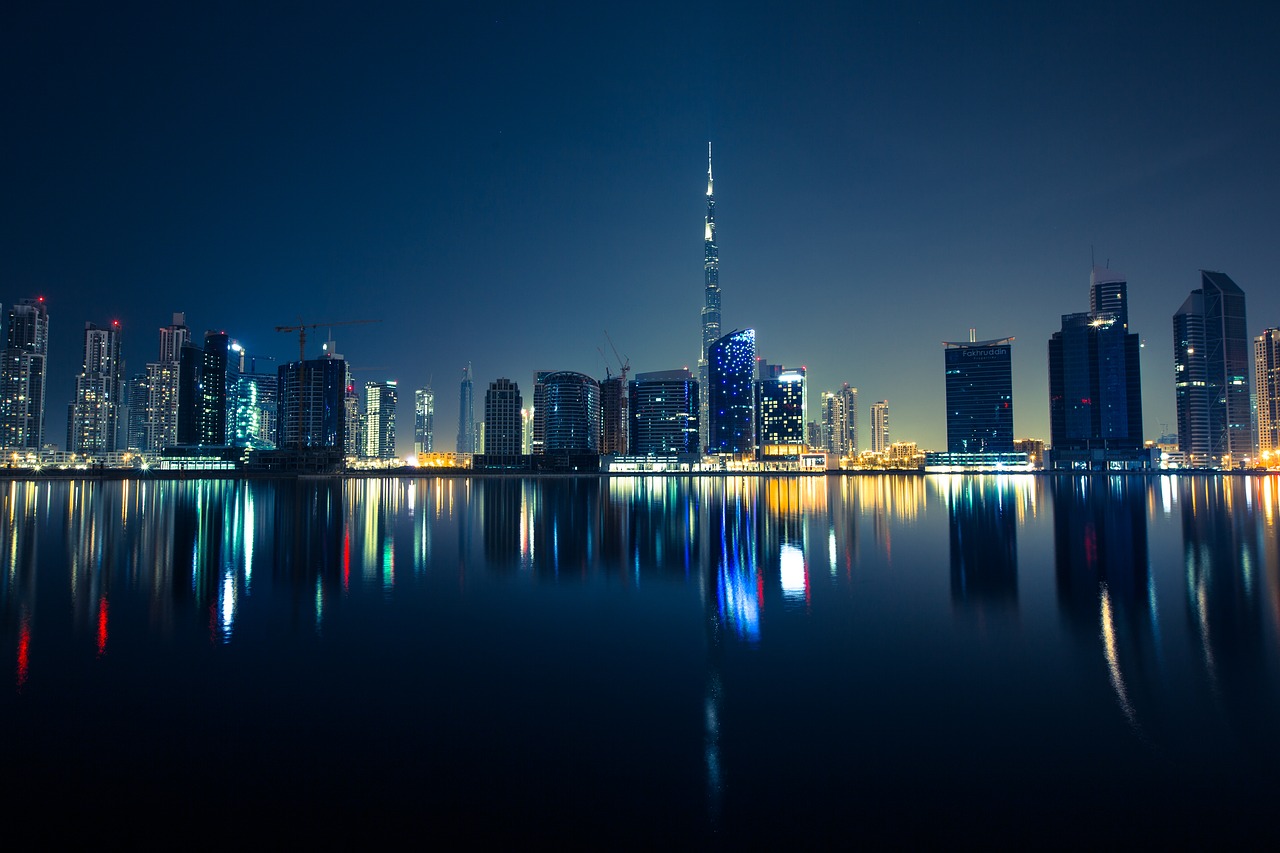Cultural similarities, historical connections, and the same spoken language. At first glance, the countries of the Arab world seem to enjoy good circumstances for a regional economic integration similar to the European Union. The countries are young and the borders separating them do not stem primarily from interstate conflicts. Instead they are colonial constructions and the ambition of deeper regional integration has existed since before their independence. Yet today there is only one careful example of somewhat successful regional integration, the Gulf Cooperation Council (GCC), made up of only the oil producing countries of the Arabian Gulf. Experts have time after time pointed out the benefits of regional integration, but after some 70 years of independence very little progress has been made. How did this happen?
Three main obstacles are often raised when discussing economic integration in the Arab world: authoritarian leadership, the absence of trade, and the absence of ambition. Robust trade relations between autocracies is rare, and the only countries in the region currently regarded as democracies are Tunisia and Lebanon. This fact immediately makes regional cooperation more difficult. Another factor to consider is the surprisingly low volume of trade between Arab countries: on average only around 10% of total trade in the region is with another Arab country. In comparison, this number is 41% for NAFTA, and around 60% for the European Union.
One final obstacle is the fact that the ambition for regional cooperation seems to have disappeared. In the years after independence, regional cooperation and integration was an obvious part of the political conversation, but today this goal seems to have faded away. These obstacles are just the tip of the iceberg, but they constitute a good start for understanding today’s situation. Let’s take a quick history lesson.
Immediately after independence in the 1940s and 1950s there was great optimism and consensus about the economic development in the region. Here, as in other former colonies, the emphasis was on rapidly achieving economic independence from the former colonizer. The recipe to accomplish this goal was usually to give the state a leading role in the promotion of import substitution industrialization. The economic policy of the countries in the region was built around protectionism to construct a domestic industry which could in time eliminate the need for imports from the West.
The political sphere was dominated by the Arab nationalist-project, an ideology which sought to unite all Arab countries into one Arab superstate. National leaders such as Gamal Abdel Nasser, Saddam Hussein and Hafez Al-Assad (Bashar Al-Assad’s father) all belonged to this ideology (also sometimes called Ba’athism) to varying degrees.


In the 1970s, the period of early optimism in the Arab world was rapidly replaced with a more pessimistic view and a return to focus on individual countries, rather than the region as a whole. The proponents of Arab nationalism had lost two wars against Israel in 1967 and 1973, and despite attempts to build domestic industries, the Arab countries were still dependent on imports from the West.
One important part of the problem with regional integration is that the project was political in nature from the start. Those in favor of Arab unity emphasized uniting the Arab countries, but under the surface of political unity, there was little or no economic interchange on which to build the unification project. Several Arab countries were at times united into the same political entity, but only for short periods of time. None of these projects proved durable in the long run.
Critics often draw parallels to the EU, pointing out that the union started out as a purely economic cooperation, before gradually growing to be a political one. After the idea of Arab political unity was dropped in the 1970s, serious discussions on collaboration in economic matters were also largely abandoned. The historian Ilan Pappé points out that the countries in the Arab world from the onset traded very little with each other, a fact that remains true 70 years later. The economies of the region are indeed very different, it would be difficult to create economic integration in a region containing both some of the richest and some of the poorest countries in the world.
The volume of trade itself seems to be an important part in successful economic integration projects. It is hard to build economic integration on nonexistent trade, even if the Arab countries are similar in many other ways. This fact however, must be seen in the light of one final obstacle for regional integration: the authoritarian politics of the Arab world.


For decades, many foreign observers upheld the notion that democracy was not feasible in the Arab world, leaving the people in the region to choose between secular or religious authoritarianism. The notion of Arab immunity to democracy has later been disproven, but there are still only two Arab countries classified by the NGO Freedom house as “free”: Tunisia and Lebanon. This fact has proven to be a bad place to start for a number of reasons. To begin with, many Arab countries are run by authoritarian leaders dependent on keeping local elites satisfied to remain in power.
Economists Bernard Hoekman and Khaild Sekkat for example, point to the fact that the leadership in the Arab world often see serious economic integration with suspicion, and sometimes even actively counteract it. Stability is a central concept for the Arab autocrat, which does not rhyme well with the idea of opening the country to foreign competition. In more concrete terms, there is a fear of subjecting domestic industries to competition- industries which as previously mentioned, were built to substitute imports.
Leadership in the region has also displayed reluctance to hand over any real power to regional trade organizations. The public sector in the Arab world is generally large and inefficient, and often used as a tool to give favors through stable jobs and good working conditions to political allies. In Egypt, there was for a time a guarantee of a job in the public sector for all university graduates, something which later had to be abandoned on the grounds of economic sustainability.


Low volumes of trade combined with lukewarm interest from the leadership of the region both remain as obstacles to this day, and even though some regional agreements have led to modest success, little has been done to solve the underlying challenges preventing integration. The one real example in the region, the Gulf Cooperation Council (GCC), may look good on the surface, but in fact wrestles with the same problem as the region as a whole. Trade with non-oil commodities account for less than 10% of total trade in the bloc, and the countries of the GCC still uphold tariffs against each other.
The authoritarian leadership in the Gulf region again displays their reluctance to hand over any meaningful powers to regional trade organs. Unfortunately no major steps forward seem to be on the way, and the absence of trade is a hard nut to crack for the entire region. There is no trade to build economic integration upon, and since there is no economic integration, trade volume remains low. In the future Arab economic cooperation might be talked about as just as obvious a project as its European counterpart, but for now the road there seems both long and riddled with obstacles.
Julius Jönson




